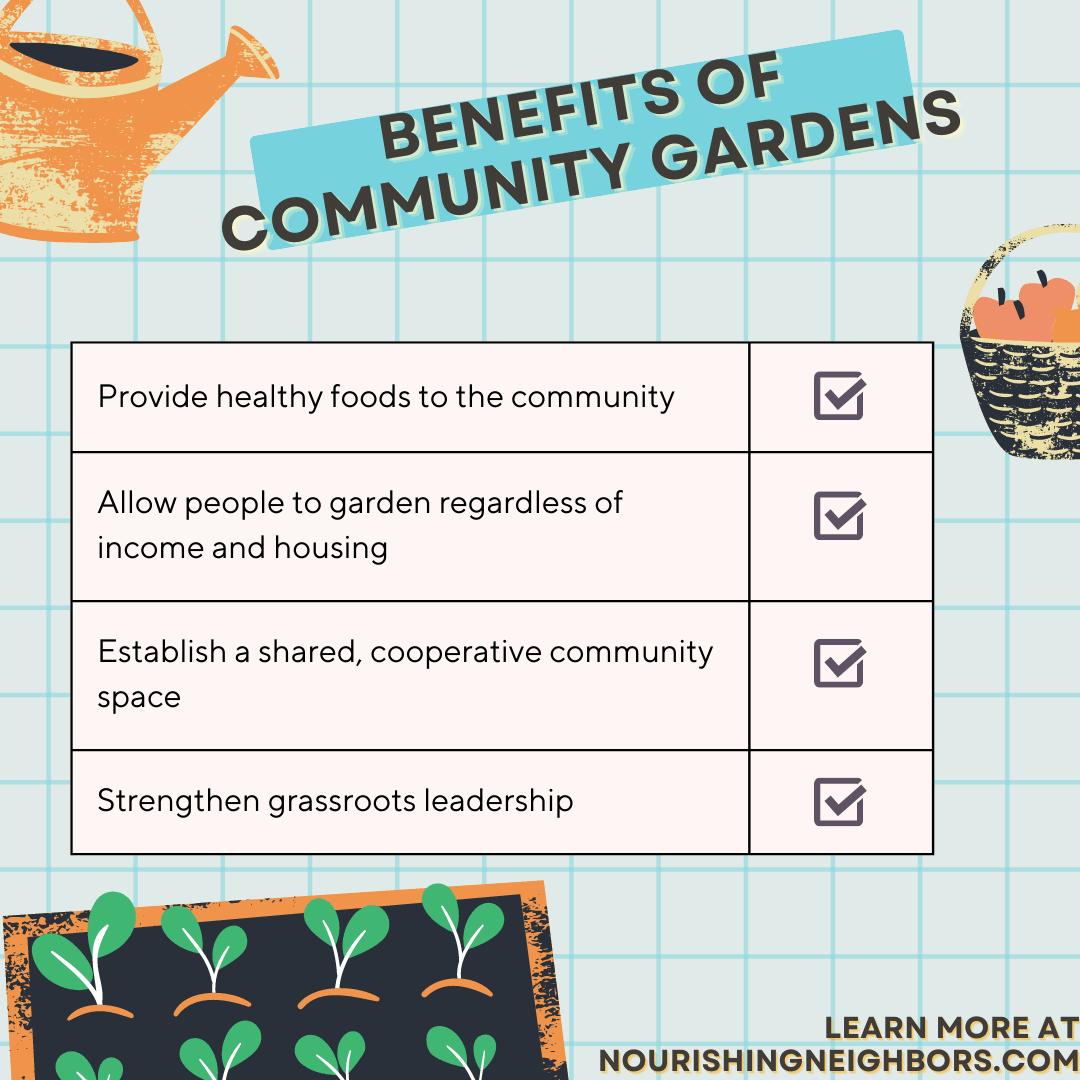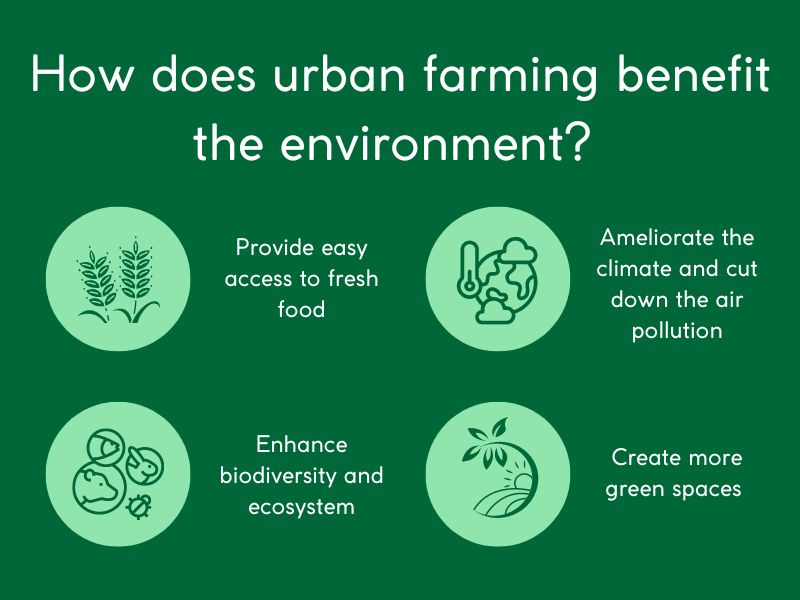The Ultimate Guide To City Blooming
The Ultimate Guide To City Blooming
Blog Article
Getting My City Blooming To Work
Table of ContentsOur City Blooming IdeasMore About City BloomingTop Guidelines Of City BloomingCity Blooming Things To Know Before You Get ThisCity Blooming Can Be Fun For Anyone
Urban gardens usually benefit from warmer microclimates, permitting the growing of less durable plants such as hands and bamboo. https://www.video-bookmark.com/bookmark/6435135/city-blooming/ commonly discovered in warmer regions. And as we've stated, don't just select small plants; little urban yards can handle big plants and trees and picking these over tiny fussy hedges will certainly make the area feel bigger and more interestingUse huge containers they don't dry as rapidly as smaller pots, so they are less function to keep water. Pick hardscaping aspects for an urban yard The arranged lines, unbalanced setup, and use contrasting materials in this London-based Victorian terrace's yard design produce a smooth link with the architecture, making it show up as a natural expansion of the general visual.
Plant up and down Cover the wall surfaces in plant, whether that be lovely climbers that ripple messily over your fencing or something a lot more included and contemporary like a living wall surface. Take advantage of a light well garden Whitewashed wall surfaces and pale floor tiles transform it from a dark and run down room into an area you would certainly desire to hang out on a Sunday early morning with a cup of coffee.
The Best Strategy To Use For City Blooming
Vertical farming and aeroponics permit plants to be grown in regulated environments, utilizing marginal space and sources. IoT-based innovative gardening systems allow remote tracking and automation of horticulture procedures. Urban farming applications and on-line resources supply important details, pointers, and neighborhood support for urban garden enthusiasts. A web page from the London Municipal government web site gives details concerning city farming in London.
The page additionally includes links to various other web sites and sources related to city farming in London. Urban Farming is a website that promotes metropolitan farming. They have an objective to finish hunger in our generation by growing gardens on unused land in cities. They provide a range of resources to assist individuals get included in metropolitan farming, consisting of educational materials, horticulture ideas, and a community forum.

Things about City Blooming
Urban Growth is a community-led company that collaborates with both neighborhoods and designers to produce a much healthier city. They are dedicated to sustainability, empowerment, and joy, and they think that everybody has the power to make a difference. Urban gardening is an effective motion that brings nature back into the concrete forest.
Katy started at Horticulture Express with minimal understanding of gardening, however under the mentorship of Chris Bonnett and the various other gardening specialists in the firm, she now has over two years of experience in the gardening market. Katy has actually edited 300 write-ups on topics such as plant care, yard styles, yard design, and maintenance.
Katy's objective is to aid novices and seasoned garden enthusiasts alike create and enjoy their very own welcoming exterior rooms easily.
Neighborhood gardens are semi-public areas shared by a community of next-door neighbors and other individuals where they collectively join expanding fruits, veggies, or blossoms, sharing labor and harvest. It's great to get involved in these lasting projects as they're just as advantageous for you, the area, and the setting. Community gardens are found in areas, yet can likewise be produced in institutions, residential lands, or establishments, such as medical facilities.
The 4-Minute Rule for City Blooming
A few of the ecological benefits of area yards consist of: Restoration of uninhabited land and environments by repurposing themProduction and updating of water seepage and various other ecological community servicesPromotion of biodiversity by growing indigenous plantsEducating the community regarding gardening, metropolitan agriculture, and their benefitsReduction of food transport minimizing air pollutionPromotion of sustainable farming practicesFostering social inclusionThe above environmental advantages show the general significance of area yards and their contribution to providing environment for organisms and food to the locals, eliminating food insecurity.
Neighborhood yards contribute to attaining these goals as they are accessible to all despite class, age, sex, education and learning, profession, etc, and play a massive duty in elevating awareness and expertise about gardening and city farming amongst the residents. Area yards highlight a requirement for city slicker to go back to nature.

And also, it gets rid of food instability in areas which is an honorable objective. Working in a shared garden permits a return to real values.
6 Easy Facts About City Blooming Explained
A few of the environmental benefits of neighborhood gardens include: Restoration of uninhabited land and environments by repurposing themProduction and upgrading of water seepage and other environment servicesPromotion of biodiversity by planting native plantsEducating the neighborhood concerning gardening, metropolitan agriculture, and their benefitsReduction of food transportation minimizing air pollutionPromotion of sustainable farming practicesFostering social inclusionThe above environmental benefits show the overall value of community yards and their contribution to providing habitat for organisms and food to the locals, eliminating food insecurity.
Community yards add to accomplishing these goals as they are accessible to all regardless of course, age, sex, education, occupation, and so on, and play a significant role in elevating awareness blog here and knowledge concerning horticulture and metropolitan agriculture among the citizens. Neighborhood yards highlight a demand for city slicker to return to nature.
A method to obtain closer to nature by following conservationist valuesSpaces of social variety where conviviality and exchanges aboundPlaces that advertise the integration of disadvantaged groups or individuals with handicaps into the social fabricA means to enhance your living atmosphere (for people residing in houses and having little eco-friendly room at their disposal)A location of neighborhood enjoyment, to hold social occasions and outdoor partiesThe possibility to grow veggies, fruits, and herbs at reduced costAn possibility to move and work out in the fresh air by committing a few hours a week to horticulture and keeping your garden plotThe opportunity to share and exchange with other individuals products from the harvestOpportunities to increase awareness and educate individuals about environmental regard through techniques such as composting, natural gardening, rain harvesting, and so on.
And also, it eliminates food insecurity in areas which is a worthy objective. Functioning in a shared yard allows a return to true values.
Report this page